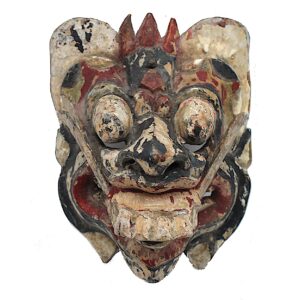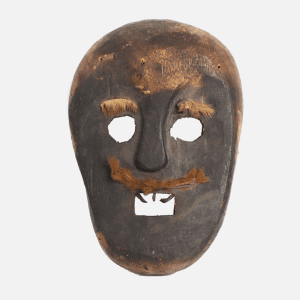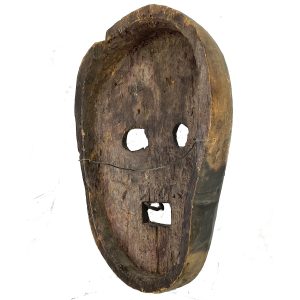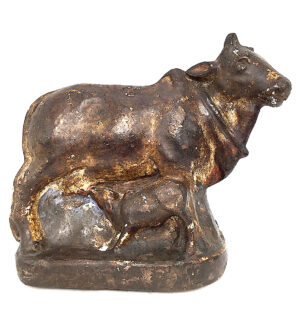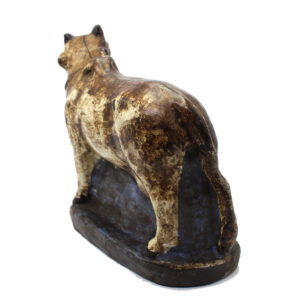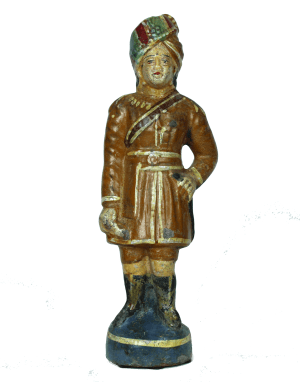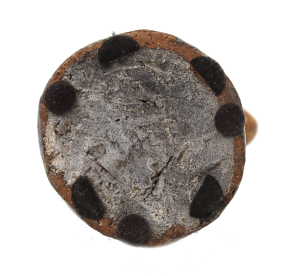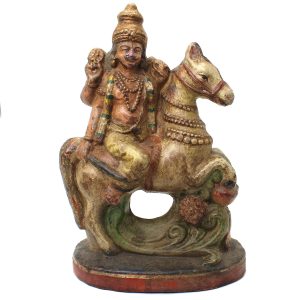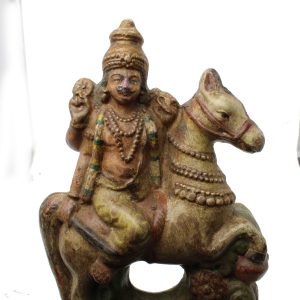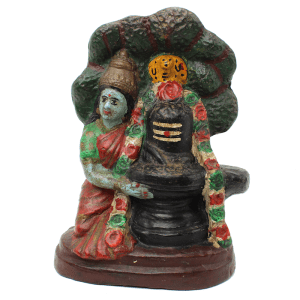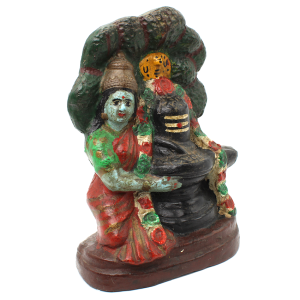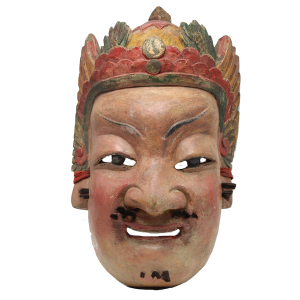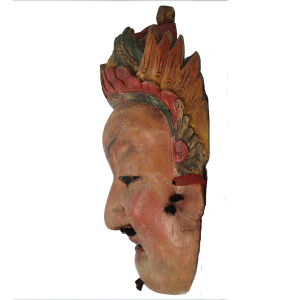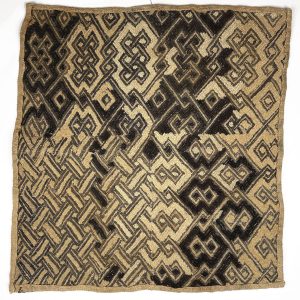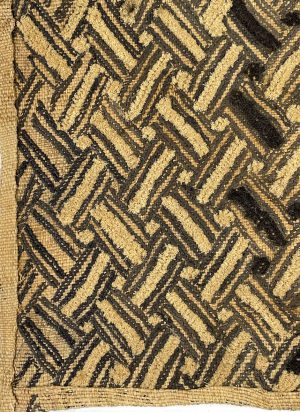Showing 229–236 of 236 results
-


$395.00
This rare folk art Rangda mask was made on the island of Lombok, Indonesia by ethnic Balinese Hindu craftsman. Primarily Muslim, a Balinese Hindu minority ruled the island from 1750-1895 and Hindu temples (pura) have been centers for Balinese activities since the 17th century. Balinese girls are encouraged to “dance with their hands” and formal…
-
Sale!


$495.00 Original price was: $495.00.$325.00Current price is: $325.00.
H: 12.5″ W: 8.625″ D: 2.75″ | FREE SHIPPING IN CONTINENTAL U.S.!
Timor masks like this are rare and characterized by large roughly cut eyes, the absence of some teeth and the remaining ones being menacing. They are stored in the rafters above the house hearth accounting for their smoky black color. Often decorated with animal hide with hair, the facial pieces have either not darkened fully in the rafters or, when placed on top of each other, did not darken evenly. Frequently a bit threatening due to the black color, missing teeth and their frequent lack of balance, these ancestral masks are used in offering rituals designed to drive off malevolent spirits.
-
Sale!


$105.00 Original price was: $105.00.$85.00Current price is: $85.00.
H: 7″ W:8.25″ D: 3.125″ | FREE SHIPPING WITHIN CONTINENTAL U.S.!
Vintage bivalve mold figures like this cow were hand luted and hand painted, in the likeness of Hindu religious figures, soldiers, animals are used in rural India where they are seen as wishes for a better life.
-


$105.00
Earthenware terracotta pottery has played a significant role in the cultural, religious and artistic traditions of India for centuries. Indian terracotta images are considered spiritual, mystical and auspicious as Hindus believe terracotta incorporates the five natural elements of air, fire, earth, water and metal. Made with a bivalve mould that is hand luted and hand…
-


$145.00
Earthenware terracotta pottery has played a significant role in the cultural, religious and artistic traditions of India for centuries. Indian terracotta images are considered spiritual, mystical and auspicious as Hindus believe terracotta incorporates the five natural elements of air, fire, earth, water and metal. Made with a bivalve mould that is hand luted and hand…
-


$165.00
This painted earthenware terracotta Hindu devotional image (murti ) of Shiva and Parvati was used to help devotees in daily prayers (puja) focus and visualize the deities on their home altar. This image is both aniconic (symbolic, abstract, and non- representational) and figurative. Shiva’s image is represented by a symbolic round phallus – a lingham…
-


$295.00
Mask carving is among the oldest of Tibetan art and folk-art forms dating to 6th century Bonpo dances, the religion predating Buddhism, that embraces animism and shamanism dances. Totem animal masks were traditionally used in sacred ceremonial dances: shamanic rituals to thank the gods, expel bad spirits, and ask for blessings; operas in performances without…
-
Sale!


$95.00 Original price was: $95.00.$75.00Current price is: $75.00.
H: 18″ W: 18″ | FREE SHIPPING!
Woven from strands of raffia palm leaves, this vintage Kuba cloth reflects the traditional fabric traditions of the Kuba people in the Democratic Republic of the Congo. It is a typically bordered square with rough textural surfaces interspersed with repeated geometric patterns and embellished with sophisticated embroidered, applique and patchwork linear designs of interlocking meandering patterns of vegetable dye shades of dark brown and ivory in a natural flat-weave pattern framed with tufted-cut pile raffia and applique.
End of content
End of content

